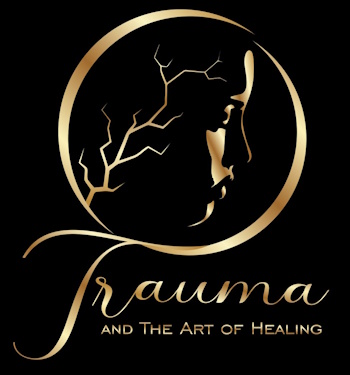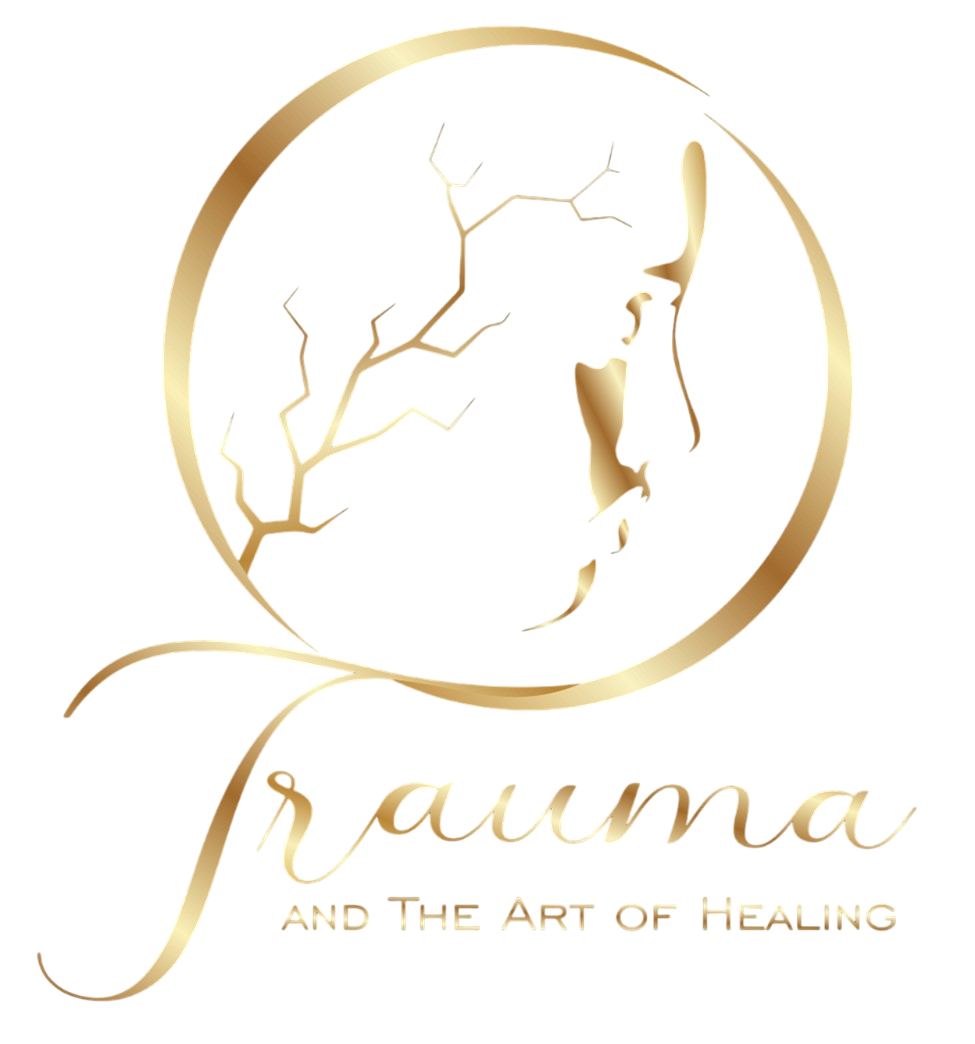Attachment Theory
ATTACHMENT THEORY
Understanding the Foundation of Relationships and Emotional Well-Being
Attachment Theory is a psychological framework that explains how early relationships with caregivers shape the way individuals form connections throughout their lives. Developed by British psychologist John Bowlby and later expanded by Mary Ainsworth, this theory highlights the importance of secure emotional bonds in childhood as the foundation for healthy relationships, emotional regulation, and self-esteem in adulthood.
At Trauma and The Art of Healing PLLC, we recognize how attachment patterns influence mental health, relationship dynamics, and personal growth. Understanding your attachment style can be transformative in addressing emotional challenges and fostering healthier, more fulfilling connections.
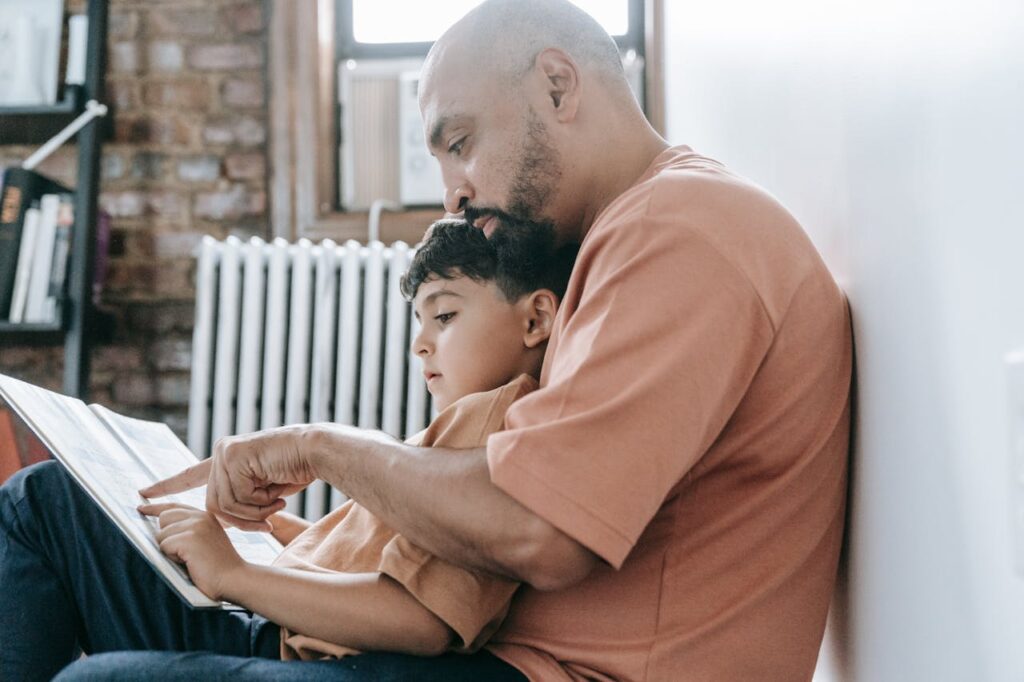
What is Attachment Theory?
Attachment Theory suggests that human beings are biologically wired to seek close emotional bonds with others, especially during infancy and early childhood. The quality of these early bonds—typically with parents or primary caregivers—creates a blueprint for how we perceive ourselves, relate to others, and handle emotional distress.
When caregivers are responsive, consistent, and nurturing, children develop a secure attachment, feeling safe to explore the world while trusting that support is available when needed. Conversely, inconsistent, neglectful, or overly intrusive caregiving can lead to insecure attachment styles, which may affect emotional regulation, self-worth, and relationships later in life.

Types of Attachment Styles
-
Secure Attachment
Individuals with secure attachment tend to have positive views of themselves and others. They are comfortable with intimacy, can trust others, and manage emotions effectively. This style typically develops when caregivers are responsive, emotionally available, and supportive.
-
Avoidant (Dismissive) Attachment
Those with avoidant attachment often value independence to the extent that they struggle with emotional closeness. They may suppress feelings, find it hard to rely on others, and appear emotionally distant. This can develop when caregivers were emotionally unavailable, dismissive, or discouraged expressions of vulnerability.
-
Anxious (Preoccupied) Attachment
People with an anxious attachment style often crave closeness but fear abandonment. They may become overly dependent on others for reassurance and experience high levels of emotional sensitivity. This pattern can stem from inconsistent caregiving, where a child’s emotional needs were sometimes met and other times ignored.
-
Disorganized (Fearful-Avoidant) Attachment
This style is characterized by a mix of anxious and avoidant behaviors. Individuals may desire connection but fear intimacy due to past trauma, neglect, or abuse. Their relationships often feel confusing and unpredictable because they struggle to manage both their need for closeness and fear of getting hurt.
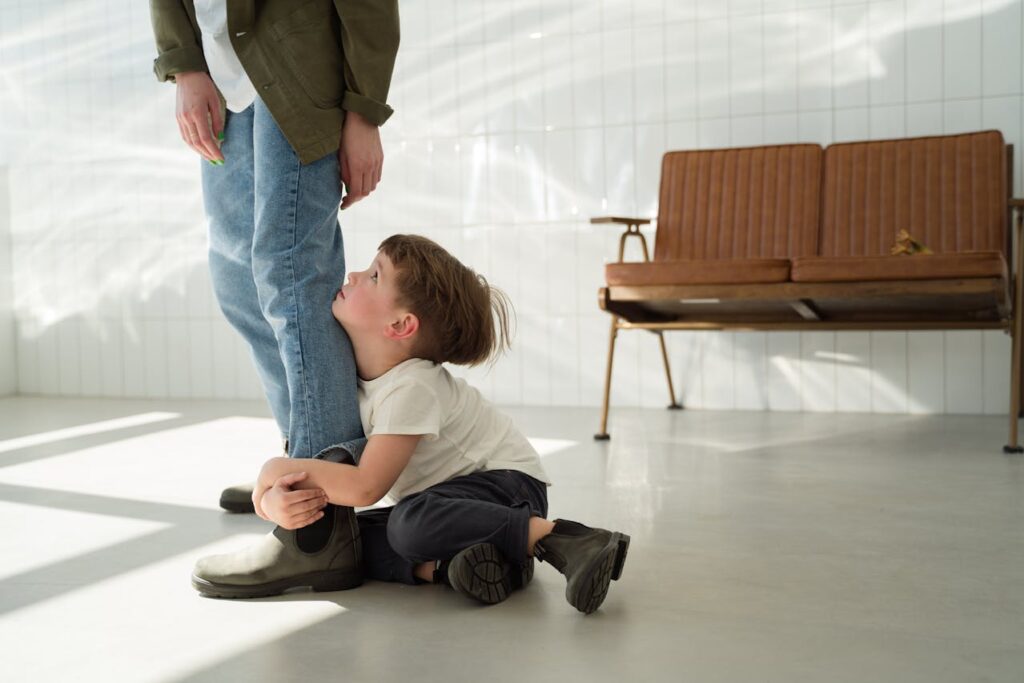
Why Attachment Matters
Attachment styles don’t just influence romantic relationships—they affect friendships, family dynamics, work interactions, and even how we view ourselves. Unresolved attachment issues can contribute to:
- Difficulty trusting others
- Fear of rejection or abandonment
- Emotional dysregulation (intense mood swings or shutting down)
- Low self-esteem or self-worth
- Patterns of unhealthy or toxic relationships
Understanding attachment is key to breaking these cycles and fostering healthier emotional connections.
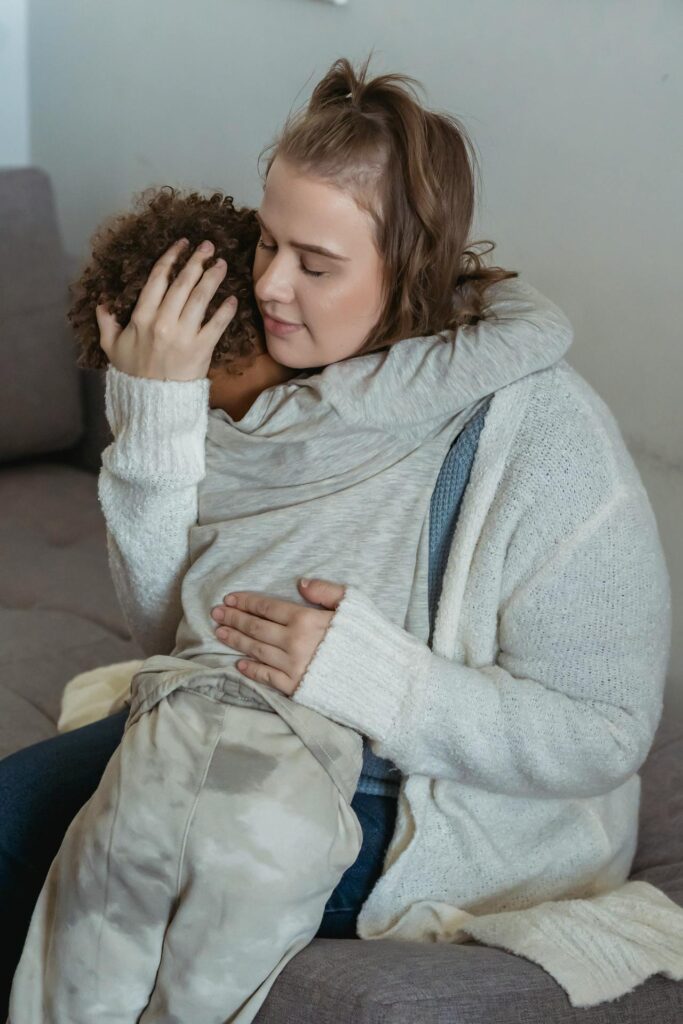
Attachment Theory in Therapy
At Trauma and The Art of Healing PLLC, we help individuals explore their attachment patterns to better understand how early relationships have shaped their emotional world. Therapy can:
- Identify your attachment style and its origins
- Address unresolved childhood wounds or relational trauma
- Develop healthier coping strategies and communication skills
- Build self-awareness, emotional resilience, and secure connections
Through compassionate, evidence-based approaches, we work with you to create meaningful change—whether it’s healing from past relationships, improving current ones, or fostering a stronger connection with yourself.
When to Seek Support
If you find yourself repeating unhealthy relationship patterns, struggling with emotional intimacy, or feeling stuck in cycles of anxiety, fear, or disconnection, exploring your attachment style can be a transformative step. Therapy offers a safe space to understand these patterns, process emotional wounds, and build healthier, more secure connections in every area of your life.
Healing begins with awareness. Growth begins with connection. Let us walk with you on this journey toward emotional wellness.
